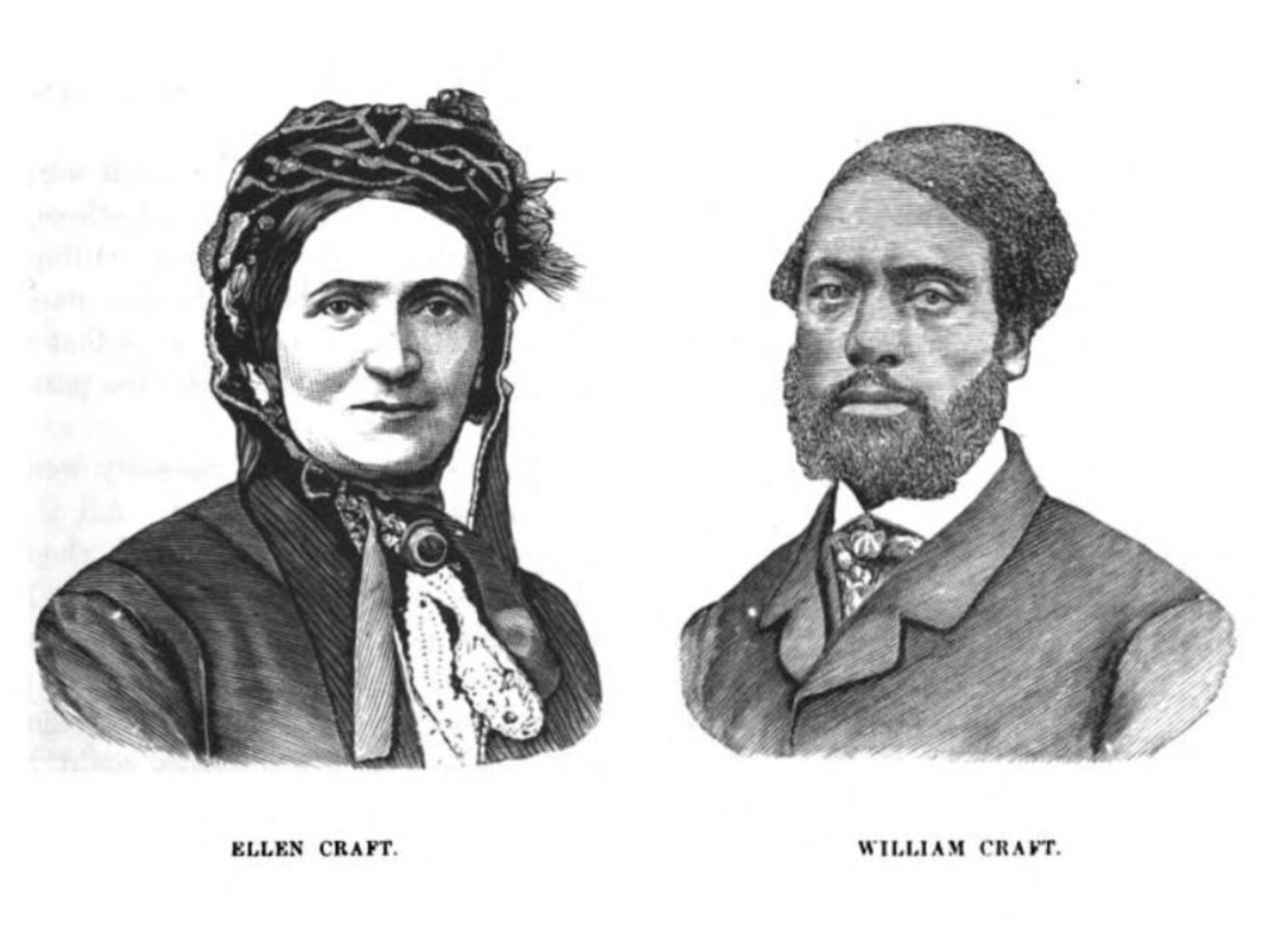Foreshadowing Failure: Mulatto and Black Oral Discourse and the Upending of The Western Design in Thomas Gage’s A New Survey (1648)Posted in Articles, History, Literary/Artistic Criticism, Media Archive on 2022-03-31 23:19Z by Steven |
Hispania
Volume 102, Number 4, December 2019
pages 583-600
DOI: 10.1353/hpn.2019.0105
Monica Styles, Visiting Assistant Professor of Spanish
Colby College, Waterville, Maine
Thomas Gage wrote A New Survey of the West Indies or, The English American his Travel by Sea and Land (1648) with the aim to convince Oliver Cromwell that the English could successfully invade Spanish held American territories. The English attempt to invade the Spanish colonies in 1655 would not garner non-Whites’ unwavering aid, which is a decisive factor in the Western Design’s failure. Although subalterns in the region rebelled against Spanish hegemony, they were by no means in constant revolt as Gage suggested. They had also carved out an integral place within Spanish American society and culture. Mulattos are subaltern agents whose defining role in the Western Design’s collapse has not been considered sufficiently. Though they were Afro-descendants, Mulattos were racially ambiguous tricksters who disturbed hierarchies. Mulattos sought autonomy by forming alliances with Europeans—be they Spanish, English, French or Dutch—as well as with Amerindian communities, to the extent that these relationships afforded them relative autonomy within hierarchical colonial power structures. Mulattos’ oral and embodied discourses within Gage’s text exemplify their agency and shifting alliances.
Read or purchase the article here.




